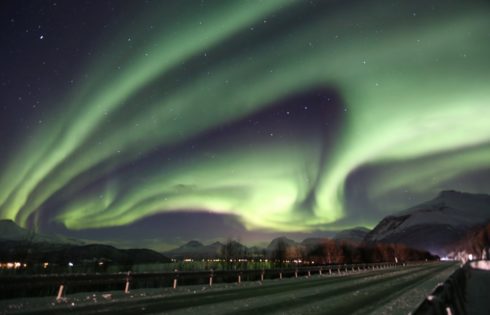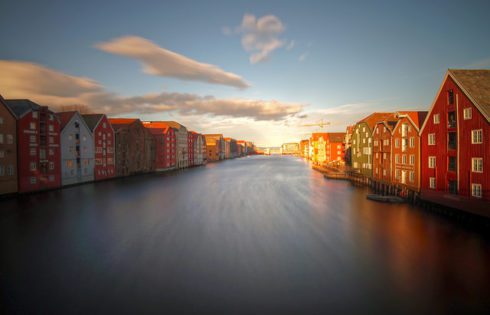
Tips for Viewing the Northern Lights [2022]
Witnessing the northern lights is on almost every traveler’s bucket list. If you catch the aurora at the right time, it’s truly one of the most mesmerizing experiences you could ever

Witnessing the northern lights is on almost every traveler’s bucket list. If you catch the aurora at the right time, it’s truly one of the most mesmerizing experiences you could ever

There are a number of options for getting to Scandinavia (or northern Europe) with points and miles. What’s more, you can often find booking options with little to no fees
| Cookie | Duration | Description |
|---|---|---|
| cookielawinfo-checkbox-analytics | 11 months | This cookie is set by GDPR Cookie Consent plugin. The cookie is used to store the user consent for the cookies in the category "Analytics". |
| cookielawinfo-checkbox-functional | 11 months | The cookie is set by GDPR cookie consent to record the user consent for the cookies in the category "Functional". |
| cookielawinfo-checkbox-necessary | 11 months | This cookie is set by GDPR Cookie Consent plugin. The cookies is used to store the user consent for the cookies in the category "Necessary". |
| cookielawinfo-checkbox-others | 11 months | This cookie is set by GDPR Cookie Consent plugin. The cookie is used to store the user consent for the cookies in the category "Other. |
| cookielawinfo-checkbox-performance | 11 months | This cookie is set by GDPR Cookie Consent plugin. The cookie is used to store the user consent for the cookies in the category "Performance". |
| viewed_cookie_policy | 11 months | The cookie is set by the GDPR Cookie Consent plugin and is used to store whether or not user has consented to the use of cookies. It does not store any personal data. |
